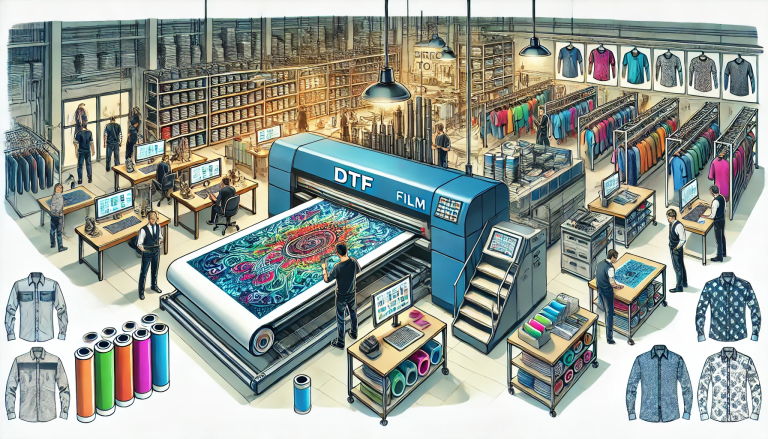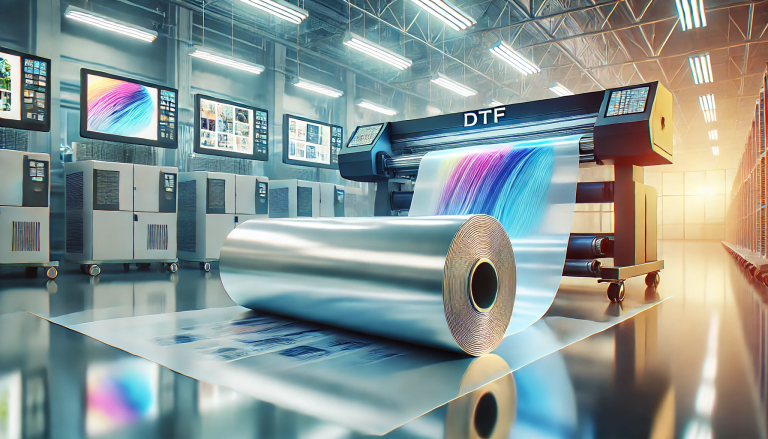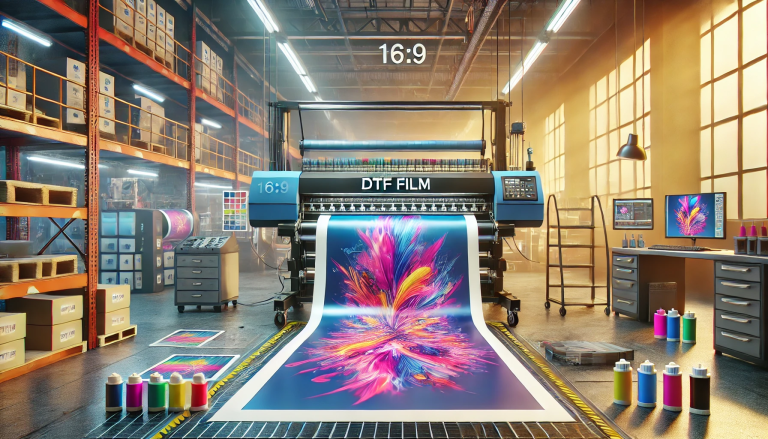“UV DTF Film and Sublimation Ink: An Exploration of Their Compatibility” -MAXDTF- DTF UV Decal Factory, UV DTF Adhesive Transfer Decal Manufacturer, Made in China
Direct-to-film printing, or DTF, is one of the recent advancements in the printing industry that has broadened the horizons for professionals and enthusiasts alike. UV DTF film, in particular, is gaining popularity for its crisp images and vibrant colors. But what happens when we combine it with sublimation ink, another essential player in the printing industry? This blog post will delve into this interesting topic, covering an introduction to UV DTF film and sublimation ink, their compatibility, the process, advantages, and potential limitations.
1. Understanding UV DTF Film and Sublimation Ink
UV DTF (Direct to Film) printing is a technology where images are printed directly onto a film, which is then transferred onto the desired surface. The film used in this process is treated with a special coating that reacts to UV light, which helps the printed images to cure and adhere properly to the substrate. UV DTF film is favored for its excellent color rendition and high resolution, making it ideal for detailed and vibrant prints.
On the other hand, sublimation ink is a type of ink used for dye-sublimation printing. In this process, the ink is heated until it turns into a gas, which then permeates the fibers of the substrate and solidifies into its pores. This method is known for producing permanent, high-quality, and full-color results.
2. Compatibility between UV DTF Film and Sublimation Ink
While both UV DTF film and sublimation ink are popular in their own rights, they are generally not used together in a single process. The main reason is the different principles on which they operate. While UV DTF relies on UV light to cure the ink onto the film, sublimation ink works through a heat process to sublimate the dye into the substrate.
Sublimation ink is not designed to adhere to the surface of UV DTF films. It is specifically formulated to convert from a solid to a gas and then back to a solid state, bypassing the liquid phase, which enables it to bond at a molecular level with polyester fibers and coated materials. Therefore, it is typically not used with UV DTF film.
3. The Process: How They Work Independently
In UV DTF printing, the image is printed directly onto the film using special UV inks. Once printed, the film is exposed to UV light, causing the ink to harden and adhere to the film. The image can then be transferred onto various substrates, including fabric, wood, metal, and glass.
Sublimation printing, on the other hand, involves printing the image onto sublimation paper using sublimation ink. The printed paper is then placed onto the substrate, and heat is applied. The heat causes the ink to change from a solid to a gas, which then permeates the fibers or coating of the substrate. When the heat is removed, the gas solidifies within the substrate, resulting in a permanent, vibrant, and full-color image.
4. Advantages of UV DTF Film and Sublimation Ink
While they may not be compatible, both UV DTF film and sublimation ink offer numerous advantages in their respective applications. UV DTF film is prized for its ability to produce high-resolution, colorful, and durable prints on a variety of surfaces. It’s a fast and efficient process that’s great for both small and large print runs.
Sublimation ink, on the other hand, provides a permanent and high-quality print that won’t peel, crack, or wash away. It’s excellent for creating vivid and full-color designs on textiles and other substrates. Unlike other printing methods, it allows for the creation of all-over and seam-to-seam designs.
5. Potential Limitations
Though UV DTF and sublimation printing both have their strengths, they also come with some limitations. UV DTF printing, for instance, requires the use of UV inks and a UV light source, both of which can be expensive. The process is also more complex than traditional printing methods and requires a higher level of expertise.
For sublimation printing, one of the major drawbacks is that it only works effectively on polyester fabrics or on substrates coated with a special polymer coating. Printing on cotton or other natural fibers results in dull and faded images. The process also requires a heat press, which adds to the initial investment.
In conclusion, while UV DTF film and sublimation ink are both valuable tools in the world of printing, they serve different purposes and are typically not used together due to their differing operational principles. However, both offer unique advantages and open up a range of possibilities for creating high-quality, vibrant prints.






